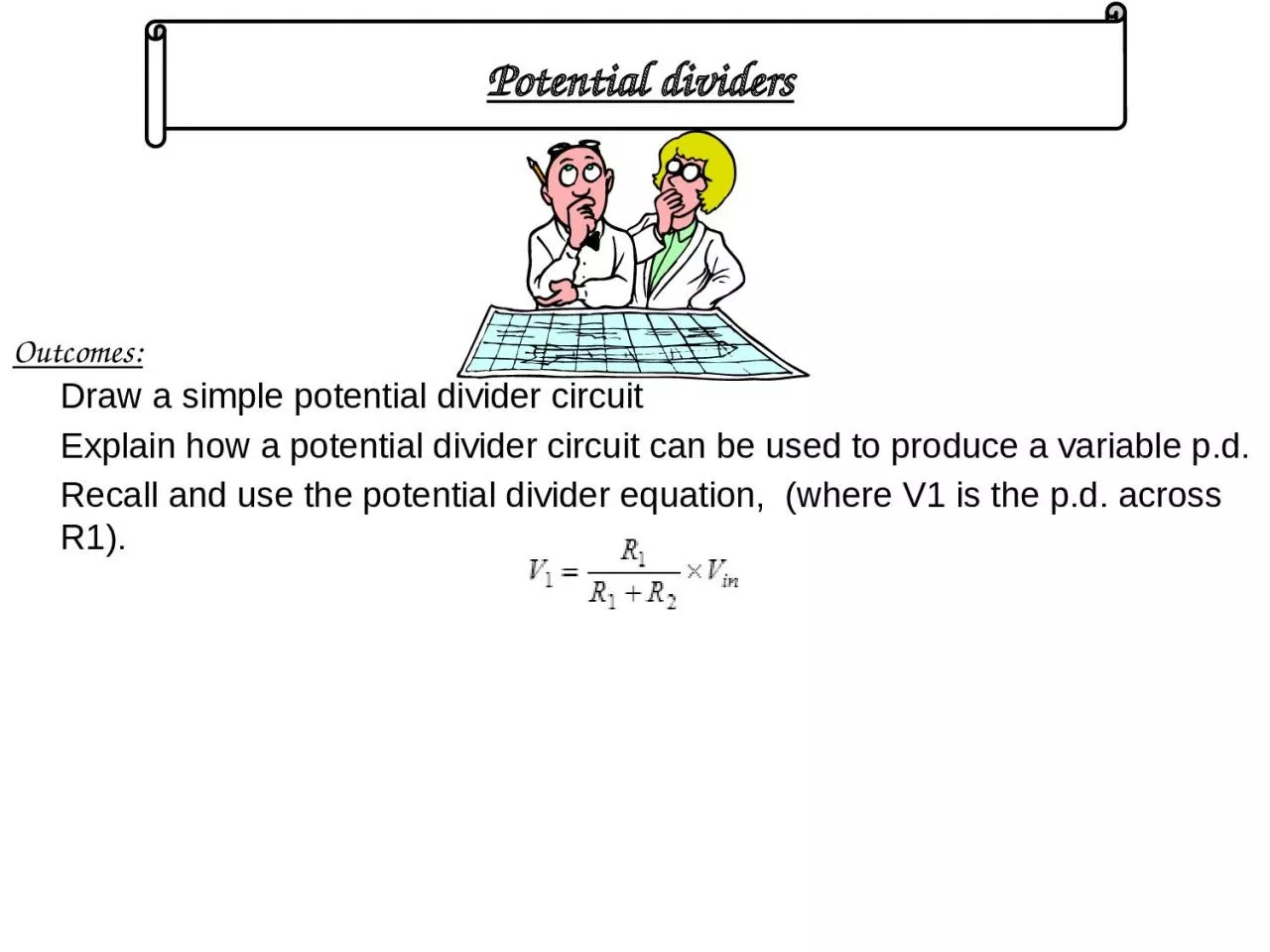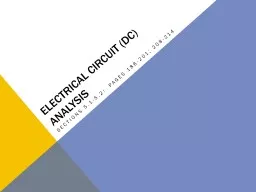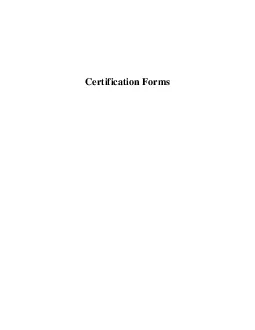PPT-Outcomes: Draw a simple potential divider circuit
Author : rosemary | Published Date : 2023-11-11
Explain how a potential divider circuit can be used to produce a variable pd Recall and use the potential divider equation where V1 is the pd across R1 Potential
Presentation Embed Code
Download Presentation
Download Presentation The PPT/PDF document "Outcomes: Draw a simple potential divide..." is the property of its rightful owner. Permission is granted to download and print the materials on this website for personal, non-commercial use only, and to display it on your personal computer provided you do not modify the materials and that you retain all copyright notices contained in the materials. By downloading content from our website, you accept the terms of this agreement.
Outcomes: Draw a simple potential divider circuit: Transcript
Download Rules Of Document
"Outcomes: Draw a simple potential divider circuit"The content belongs to its owner. You may download and print it for personal use, without modification, and keep all copyright notices. By downloading, you agree to these terms.
Related Documents














